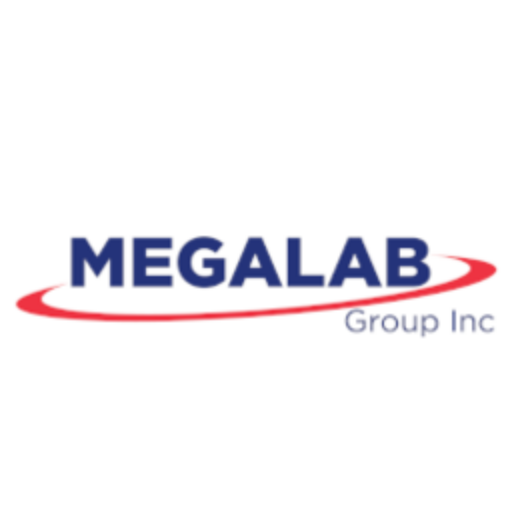Ingress Testing as per IEC 60529 (IP Code) and the Future of IoT Devices
In today’s era, where IoT devices have become an integral part of our lives, it has become crucial to ensure their reliability and safety. The compact size and high levels of connectivity of these devices pose unique challenges for their manufacturers. Therefore, it has become essential to conduct ingress testing to ensure that these devices are safe and reliable.
Ingress testing is the process of testing the ability of a device to withstand the intrusion of foreign objects such as dust and water. The IP Code, also known as Ingress Protection Code, is an international standard that rates the degree of protection provided by a device against foreign objects, including dust and water.

The importance of ingress testing in IoT devices is evident from the fact that IoT devices are prone to environmental hazards. These devices are often installed in outdoor environments, which expose them to extreme weather conditions, dust, and water. Therefore, ingress testing becomes crucial to ensure that these devices function properly in harsh environments.
Challenges posed by IoT devices
IoT devices are designed to be small and compact, making it challenging to incorporate robust ingress protection mechanisms. The smaller the device, the more difficult it is to provide reliable ingress protection. Also, IoT devices are designed to be always connected to the internet, making it challenging to protect them from water and dust intrusion.
The challenge of ensuring reliable ingress protection becomes even more complicated when considering that IoT devices are often installed in locations that are difficult to access. This makes maintenance and repair work difficult, which highlights the importance of ensuring that IoT devices are reliable in the first place.
Ingress testing and its importance in IoT devices
Ingress testing is essential in ensuring that IoT devices are reliable and safe. Ingress testing involves subjecting a device to different levels of water and dust intrusion to determine its resistance to environmental hazards. This testing can be done through various methods, including spraying the device with water, immersing it in water, and subjecting it to dust.
The results of ingress testing are expressed in the form of IP ratings, which determine the degree of protection provided by the device against foreign objects such as dust and water. The IP ratings have two digits, where the first digit indicates the level of protection against solid objects, and the second digit indicates the level of protection against water.
For example, a device with an IP67 rating means that it is dust-tight and can withstand being submerged in water for up to 30 minutes.
Emerging trends in IoT devices and the importance of ingress testing
As the IoT market continues to grow, manufacturers are introducing more advanced IoT products that have more features and functionalities. These devices are designed to be even smaller and more compact, which makes it even more challenging to incorporate reliable ingress protection mechanisms.
Therefore, ingress testing becomes even more important in these advanced IoT products to ensure that they are reliable and safe. The emerging trends in IoT devices such as wearables, smart home devices, and industrial IoT devices all require robust ingress protection mechanisms to ensure their reliability and safety.
Conclusion
Ingress testing is a crucial aspect of ensuring the reliability and safety of IoT devices. The challenges posed by IoT devices, such as their compact size and high levels of connectivity, make it difficult to incorporate robust ingress protection mechanisms. However, ingress testing can help ensure that these devices are reliable and safe in harsh environments.
As the IoT market continues to grow, manufacturers must pay even more attention to ingress testing to ensure that the advanced IoT products they develop are reliable and safe. By conducting rigorous ingress testing, manufacturers can ensure that their IoT devices can withstand the toughest environments and continue to function as intended.
Got a Question?
We’re here to answer your questions and help you get started right away. Call or send us a message anytime.

Megalab Group
Megalab offers ISO 17025 A2LA Accredited, EMC, Product Safety, Mechanical & Laboratory Testing Services. Megalab Group Inc. and its team are committed to meet and exceed our customers’ expectations as an industry leader in environmental and related regulatory testing services, through constant business improvement while upholding the highest integrity and quality in standards of all services we provide.
Learn more at www.megalabinc.com


